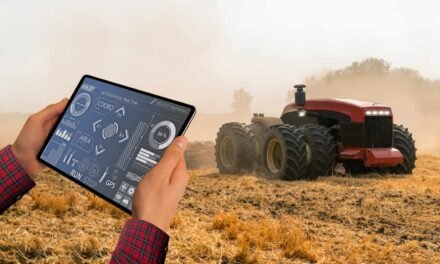Farmers are increasingly turning to innovative agricultural tools to overcome the challenges posed by labor shortages in the farming industry. As the global population grows and demands for food increase, the agricultural sector is facing a severe shortage of skilled labor. This shortage is due to factors such as an aging farming workforce, migration to urban areas, and the physically demanding nature of farm work. To address these issues, farmers are adopting cutting-edge technologies and tools that reduce the dependency on manual labor while increasing efficiency and productivity.
One of the most impactful innovations is the use of automated machinery. Robots and autonomous tractors are being deployed for tasks such as planting, weeding, and harvesting. These machines can work around the clock, significantly reducing the need for human labor and minimizing the time required to complete tasks. For example, automated harvesters equipped with sensors and artificial intelligence (AI) can pick ripe fruits and vegetables with great precision, ensuring optimal harvest times and minimizing crop damage. This technology allows farmers to maintain productivity without relying heavily on seasonal workers.
In addition to automation, the use of drones and sensors has also gained traction in modern farming. Drones are now being used to monitor crops and assess field conditions, providing farmers with real-time data on soil health, crop growth, and pest infestations. This data enables farmers to make informed decisions about irrigation, fertilization, and pest control, improving efficiency while reducing the amount of labor required for these tasks.
Another promising tool is precision agriculture, which leverages data analytics to optimize farming practices. With the help of sensors embedded in the soil and connected to cloud-based platforms, farmers can track various parameters such as moisture levels, temperature, and nutrient content. This allows for more accurate and targeted application of water, fertilizers, and pesticides, reducing the need for manual labor while improving crop yields and sustainability.
Additionally, smart irrigation systems equipped with AI technology are helping farmers conserve water and reduce labor costs associated with traditional irrigation methods. These systems automatically adjust water usage based on real-time data, ensuring crops receive the right amount of water without the need for manual oversight.
As labor shortages continue to impact agriculture, these innovative tools provide a way for farmers to not only maintain productivity but also improve the sustainability and profitability of their operations. By embracing technology, the agricultural sector is adapting to modern challenges while ensuring food security for a growing global population.









